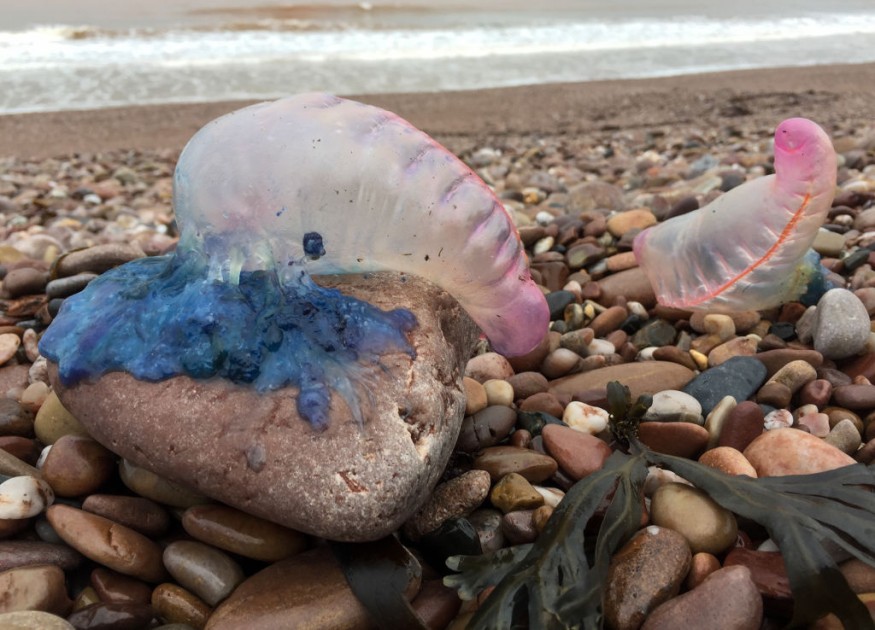
Along Virginia Beach, sightings of the Portuguese Man o' War are being recorded. Changing ocean currents and wind patterns are causing an increase in sighting in this unusual location.
Summer calls for beachgoers to frequent shores during the time of the year.
However, there could be something hiding in the seas off Virginia Beach this year that although has been reported before, is still unusual, according to experts.
Portuguese man o' war sightings in the city has been reported on various platforms.
Reported Sightings in Virginia
One witness claimed to have seen one in the Lynnhaven River, another claimed to have seen one close to the Oceanfront's 1st Street jetty, and one man claims to have just seen many on the beach.
The Virginia Aquarium's specialists told 13News Now that the reports could be accurate.
A representative from the Aquarium stated that although the crew has not personally seen any sightings, they have heard from a few sources that Portuguese man o' war had been seen. It is possible that the nor'easter from last week played a role in the species' discovery near Virginia's seashore.
The critters, which are common in the tropics but are occasionally brought north by ocean currents and storms, have previously washed up at Virginia Beach.
Unusual in Virginia
The man o' war takes its name from a Portuguese vessel from the 18th century and is distinguished by its blue and violet, or pink balloon-like body. Officials warn beachgoers to keep their distance despite the rarity of sightings in the Virginia region since the species is there and its sting can result in excruciating pain, welts, and possibly respiratory and chest issues. Using JellyWatch to report sightings enables researchers to track the number of these species, 13News Now reports.
Portuguese Man O' War and the Location of Usual Sightings
Despite sometimes being mistaken for a jellyfish, the Portuguese man o' war, Physalia physalis, is a species of siphonophore closely related to jellyfish. It is made up of a colony of zooids, or genetically identical creatures, that have different shapes and roles but act as a single organism as a whole. Each specialized component is in charge of certain duties including floating, catching prey, eating, and breeding.
Typically inhabiting tropical and subtropical oceans, these amazing animals frequently congregate in groups of 1,000 or more, and they only need the wind and currents of the ocean to move, according to NOAA.
The Portuguese Man o' War may be found in the Indian, Pacific, Atlantic, and Caribbean oceans but favors the warmer waters of the tropics and subtropics. Their optimum home is the Sargasso Sea. The Arctic Ocean is not the habitat of man o' wars.
Portuguese Man o' Wars may be found in large numbers in the seas around Florida, the east coast of the United States, and the Gulf of Mexico.
Occasionally, some colonies have even been observed in Irish and British coastal waters when they float on the currents or in the gusts of wind as far north as the Bay of Fundy in Canada. More sightings of the Portuguese man o' war in northern waters are anticipated as global warming continues, according to American Oceans.
Related Article : Portuguese Man o'War, Jellyfish Wash Ashore British Coasts Because of Changing Temperatures; Injured Beachgoers Increase
© 2026 NatureWorldNews.com All rights reserved. Do not reproduce without permission.





